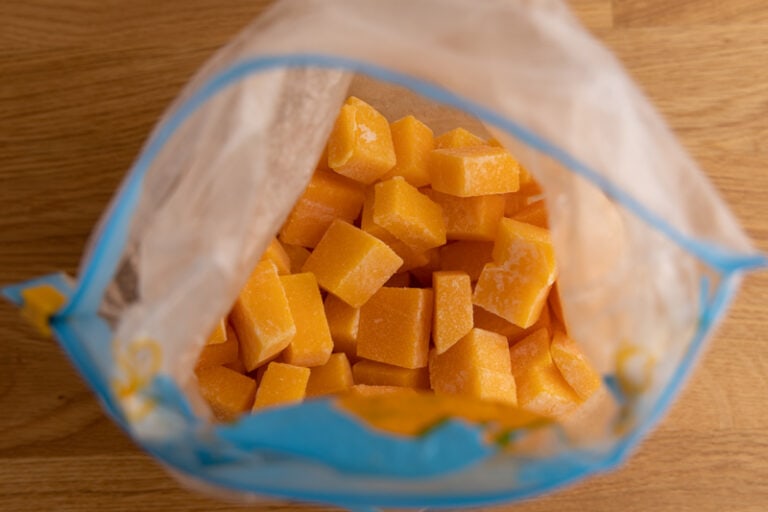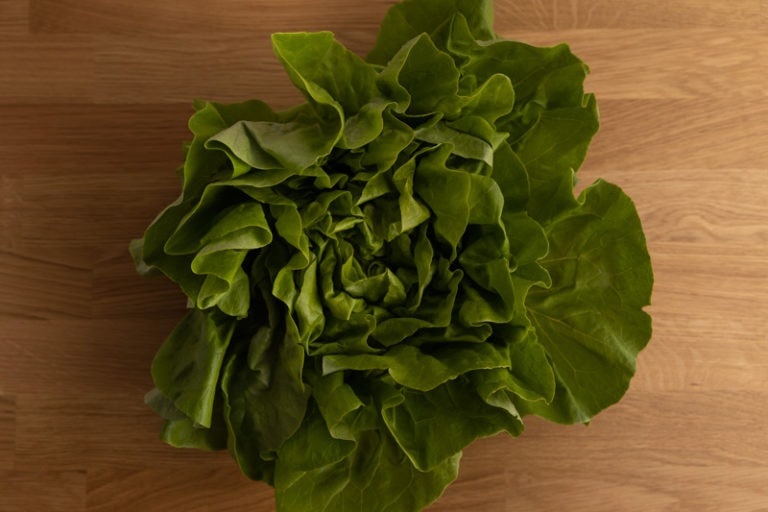How to Tell if an Onion Is Bad? [5 Signs of Spoilage]
Here’s all you need to know about the spoilage of onions. Learn what to look for when checking them and what’s normal for onions.
So you’ve got an onion that’s been in storage for quite some time, and it’s pretty iffy. And you’re wondering: how to tell if an onion is bad?
Let’s talk about the spoilage signs of onions, then.
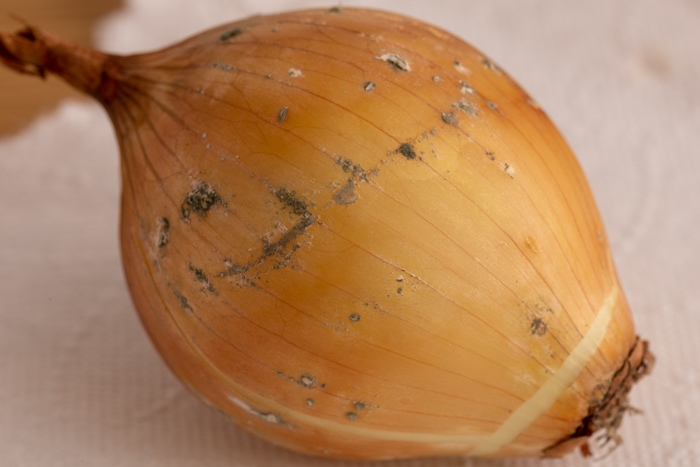
How to Tell if an Onion Is Bad or Spoiled?
Your onion is bad if it’s soft, slimy, or seeping. It’s also no good if it gives off a sharp smell instead of its usual fairly mild aroma. Finally, your onion is done for if it’s discolored, has developed mold, or has large dark spots.
That’s it in a nutshell.
Now, let’s talk about each sign in a bit more detail.
1. Water Loss
Water loss in onions is usually due to storing them too long and can manifest itself in several ways.
Your onion might be soft, mushy, or even slimy. Either means the aromatic has lost quite a lot of water, and it’s no good. That’s when you toss the onion.
But there are also some less severe cases of water loss.
Those usually are small soft and wrinkled spots somewhere on the surface. Something like this:
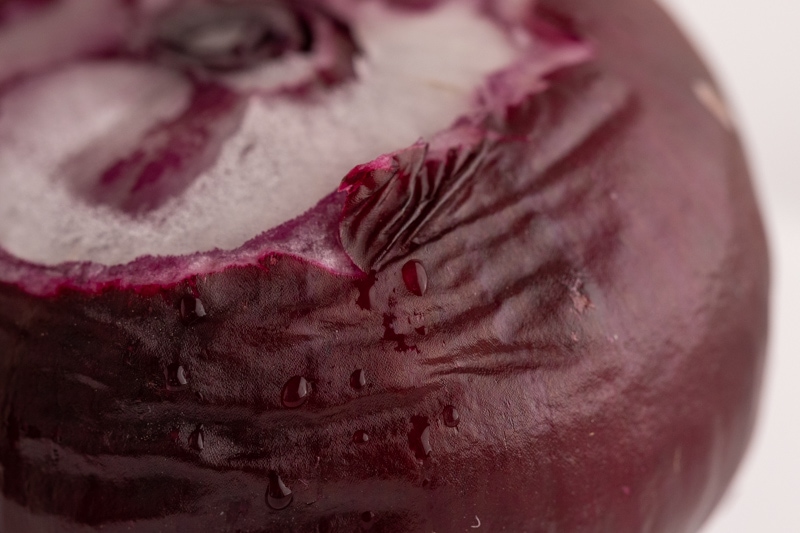
In most cases, you can simply remove that layer or cut off the spot and use the rest of the onion if it’s nice and firm. That’s what I did with the red onion above.
2. Off Smell
Onions have a pretty mild, somewhat earthy smell until you peel and cut them. So if your onion has a strong and sharp aroma, it’s certain that something is wrong with it.
The only exception to this rule is if your onion smells exactly like the food product that sat next to it in storage.
Onions absorb strong odors, so if yours smells like the sausage that sat loosely covered on the same fridge shelf, you shouldn’t be surprised. If that happens, it’s up to you whether you use that onion.
When deciding, keep in mind how you will use that onion.
Adding it to a salad might be a pretty bad idea, as the altered smell will likely alter that of the salad too. But if you add the same onion when cooking a broth or a stew, the dish will most likely turn out okay.
3. Mold or Dark Spots
As you probably know, if your onion is growing mold or has some large brown, black, or otherwise spoiled spots, it’s no good.
But if the affected area is small and you can easily cut it off, feel free to do so. Just make sure to leave some margin.
Of course, if you’re not comfortable cutting off the bad spot and using the rest, discarding the whole onion is perfectly fine. Better safe than sorry.

4. Discoloration
A discolored onion isn’t something common, but it can happen nonetheless.
The typical scenario is that you remove the papery skin and the coarse outer layer, and are left with an onion that doesn’t look the way it’s supposed to.
Maybe the colors are darker in some areas and paler in other places. Or there’s something else about the onion’s appearance that you can’t quite put your finger on.
For instance, take this onion:
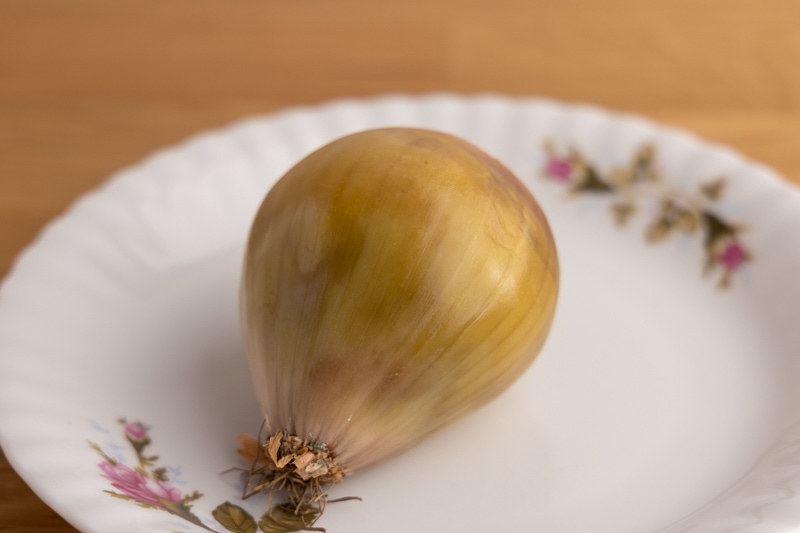
As you can tell, the colors are slightly off, and it doesn’t look quite right. So at that point, I knew that something was wrong.
Fortunately, the good old sniff test (see #2) confirmed that the specimen was indeed spoiled.
If you’re in a similar position, give the onion another good whiff. In most cases, it’ll confirm that the aromatic is spoiled. And if it doesn’t, I still suggest you discard that onion just to stay safe.
5. Spoilage From the Inside
It doesn’t happen that often, but onions sometimes go bad from the inside. Here’s what that looks like:
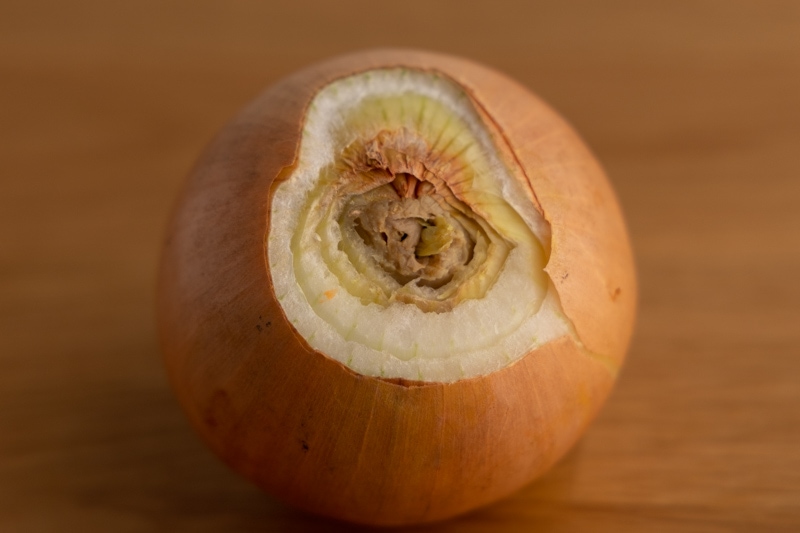
As you can tell, the outer layers are okay, but the inner ones are spoiled. If that happens, the onion is done for.
Having covered the typical spoilage signs, let’s talk about what’s expected and shouldn’t be a cause of concern when dealing with onions.
What’s Normal
Dry and Coarse Outer Layers
Onions come with a papery skin and usually a coarse outer layer. That’s just the nature of the beast.
Sometimes you only need to remove the skin. Other times, more peeling is needed, and you need to remove two dry, coarse layers until you get to the good stuff. Either is okay and nothing surprising.
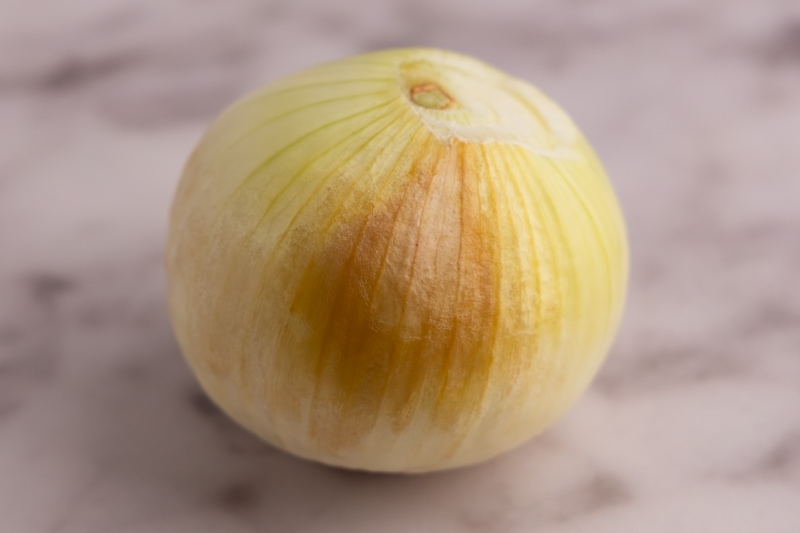
Sprouting Onions
Sprouting onions are safe to use, the same way sprouting shallots are safe, and so is sprouting garlic.
You can cut off the shoot, cut the onion in half, and remove the remnants left inside. Once done, you can use the rest of the onion in the usual manner.
You can probably even use the sprout, but chances are it’ll taste so-so at best, so it’s better to remove it.
If you store an onion in a location that’s too warm, it may sprout. So if your onions tend to sprout way more often than you’d like, I suggest transferring them to a colder place or even refrigerating them.
Refrigerated onions last for more than three months, so moving them to the fridge is also a good idea if you want to prolong their shelf life.
Dry Brown Layer Inside
Every now and then, after peeling, I notice an onion has a dry layer inside, while all the other ones are intact. In that case, I suggest you cut the onion in half (root to stem) and get to that off-colored section.
If it’s just dry, similar to the dry outer layer, feel free to remove it and use the rest of the onion. But if there’s anything else going on, say some mold growth or darkened areas inside, I suggest tossing the aromatic instead.
But what if you want to use that onion whole, and cutting it in half isn’t an option?
I wouldn’t risk using it. Use another onion and leave this one until you need a cut onion for whatever you’re cooking. That’s when you open it up and see what’s happening inside.
If anything else about your onion concerns you, err on the side of caution and toss it. Better safe than sorry.
Rotten Records: Share Your Snap!
Caught some food past its prime? Upload your photo to “Rotten Records” and help others spot the signs of spoilage. Every image makes our food community safer and more informed!
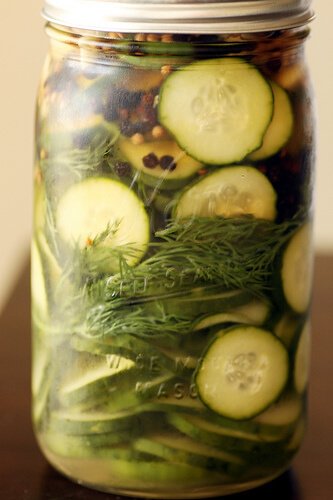
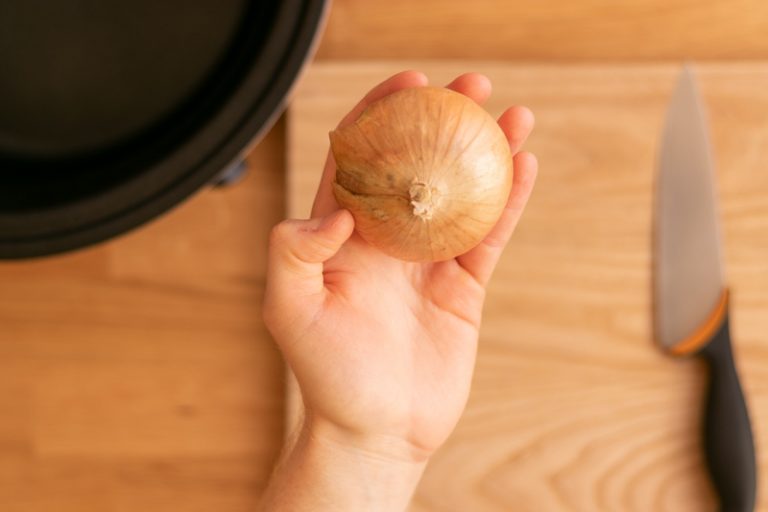
![How Long Do Bell Peppers Last? [Whole, Cut, Cooked]](https://www.doesitgobad.com/wp-content/uploads/Bell-peppers-side-by-side-768x512.jpg)
